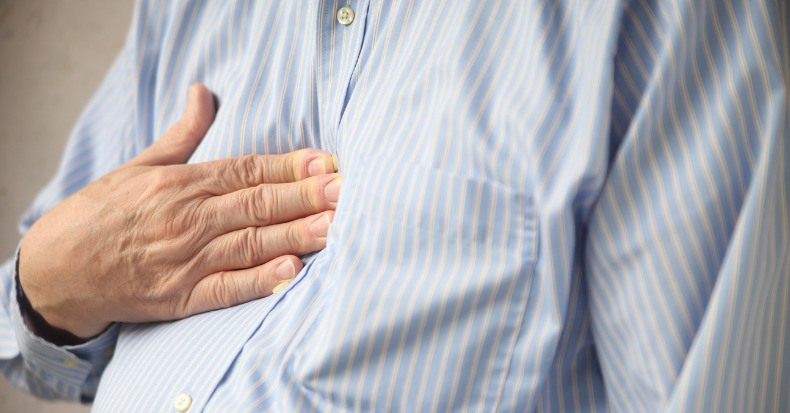GERD or gastroesophageal reflux disease is basically “heartburn.” This, of course, does NOT arise from the heart, but rather, is usually the reflux of the stomach’s acidic contents into the esophagus (the tube that runs between the mouth and stomach). GERD has been reported to be the most common cause of heartburn and affects up to 40% of adults at some point in life and tends to be more common as we age. Ten percent of adults who complain of heartburn experience symptoms on a daily basis. Though it’s been reported that a small amount of stomach acid rebounds into the esophagus when we eat, it is usually not symptomatic and has no health consequences. Antacids are one of the most commonly prescribed medications, but they are not without potentially negative side effects. So the question arises, what can be done for GERD that is safe, effective, and easy to administer?
1. Hike up the head of the bed: Gravity is a BIG factor in GERD and laying down encourages the stomach’s contents to spill into the esophagus. Hence, an easy fix is to elevate the head end of the bed by placing blocks under the bed legs towards the head board to produce a slight slope so gravity works in your favor. Since we can’t sleep standing up, this is an effective alternative. Some people find lying on the left or right side can help as well (try it to find out which side you prefer).
2. Eat less acidic foods: Avoid foods that are more acidic (lower in pH) like citrus juices, tomatoes, coffee, bile salts, and pepsin as these can irritate the lower esophageal lining. Agents that raise the pH or lessen stomach acidity include buffering agents (oral antacids, bicarbonate in saliva, and anti-cholinergic agents). Certain foods reduce GERD by retaining or increasing the tone of the junction between the stomach and the esophagus (referred to as the lower esophageal sphincter, or LES, though it’s not a true “sphincter”). These include eating foods high in protein, carbohydrates, nonfat milk, and low doses of ethanol. Foods that decrease LES tone (and increase GERD) include fatty foods, whole milk, orange juice, tomatoes, antiflatulant drugs, chocolate, high doses of alcohol, certain spices, and oils (such as spearmint and peppermint), garlic, onions, as well as carbonated beverages.
3. Hiatal hernia (HH) issues: This occurs when the upper aspect of the stomach slides or rolls (two types) up through the diaphragm effectively negating the LES allowing the stomach’s acids to easy spill into the esophagus. HH is three times more common in multiparous women (birthed two or more children), but the symptoms are due to GERD not the HH directly as 30-50% of adults demonstrate HH on x-ray but only 5% report symptoms of heartburn. That being said, there are antecdotal reports that downward pressure just under the sternum during deep exhalation can facilitate in some cases of HH which reportedly helps reduce heartburn associated with HH. Your doctor of chiropractic can show you how to do this!
4. Don’t go to bed right after eating: Avoid large, heavy meals before bedtime. Symptoms can include chest pain that radiates to the midback (60%), arms (40%), and neck (5%) and difficulty in swallowing, belching, coughing, and shortness of breath (unrelated to exercise) can also be GERD related which increases when lying down or bending over. Running can increase the gastric pH (a “good” thing) and in general, exercise does NOT increase GERD symptoms. Drinking coffee, other caffeine-rich drinks, and smoking can also increase GERD. Certain nutritional supplements that facilitate digestion can also help.
